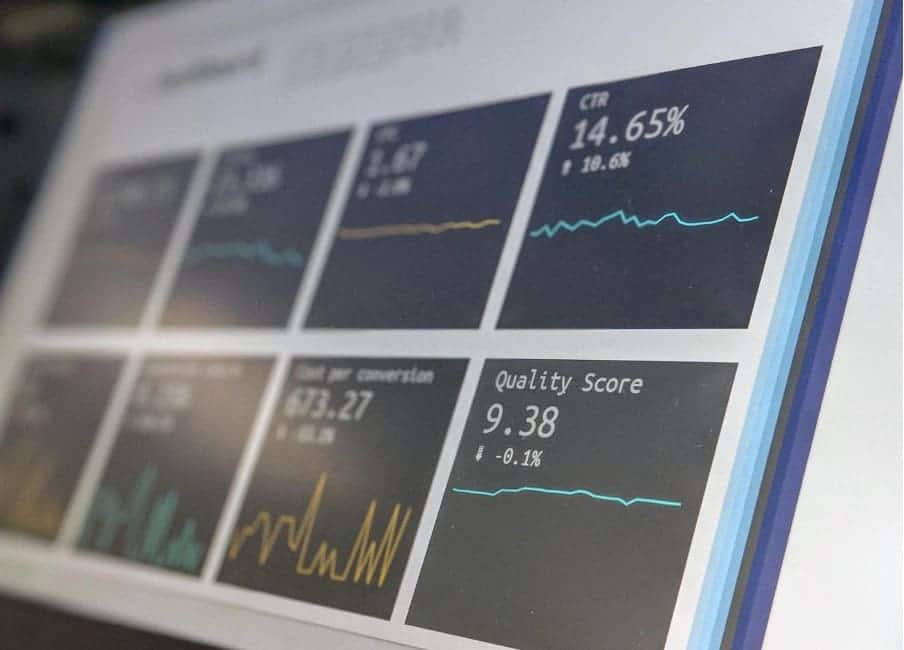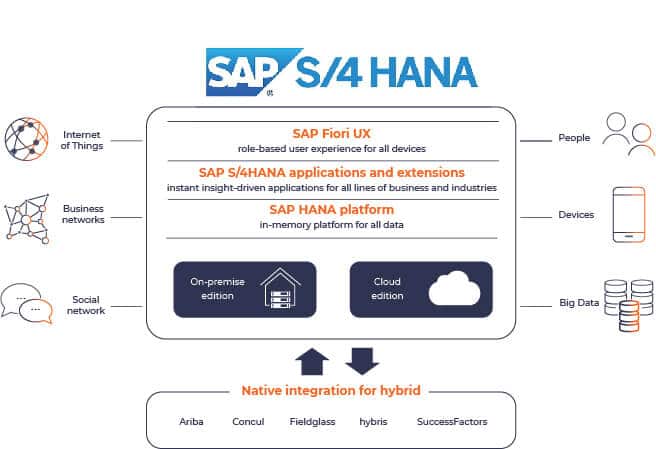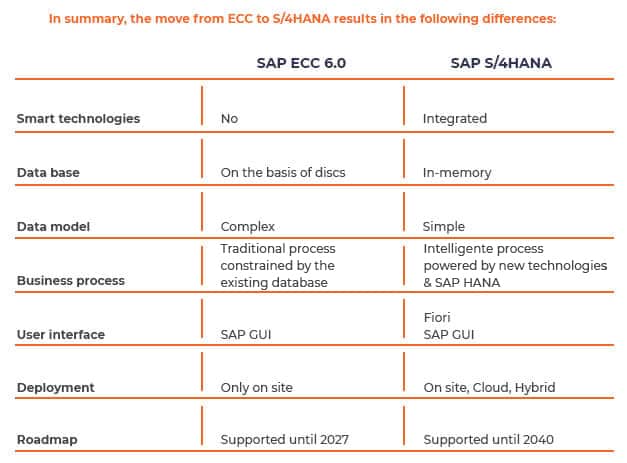Emerging technologies

What are the different emerging technologies?
Constance Barbier
Our world is in full digital transition! AI-based technologies are emerging and becoming part of our professional and personal lives.
In the professional context, each of these technologies can be used individually or all together to refine the automation capacity of your processes to the maximum. They empower your business model to respond faster and more accurately to your customers’ demands.
Let’s take a closer look at what is behind each of these technologies.
Internet of Things (IoT)

We don’t always realize it, but many Internet of Things applications are part of our daily lives.
For example, the dashboard of our car warns us when we have to make an appointment for maintenance. It tells us if the oil or de-icing fluid level is below the required threshold. It tells us if the pressure in one tire is significantly different from the others or if we need to check the pressure in all four.
On a different note, the IoT has made its way into our homes for our greater comfort. From now on, thanks to the IoT, we are able to regulate the temperature, manage the alarm, the heating or the light points of our house from our smartphone.
The IoT serves as a bridge between the real world(machines, equipment, …) and applications.
Objects are made smart because they are equipped with sensors that can geolocate, measure temperature or pressure, determine the water level or the stock of your raw materials.
These smart objects, devices, machines or vehicles communicate data in real time via the Internet, hence it’s the Internet of Things. The data is collected and processed to enable you to make effective decisions and take actions.
For example, the coffee machine or printer your customer is renting signals via sensors that it is time to plan the supply of consumables. The data is fed back into your IT system.
The resulting actions are the automation of the order, the stock management, the delivery of the consumables, the invoicing and possibly the payment reminder. You can offer a better quality of services.
You integrate parameters such as the weather or traffic density for the truck routes. Thus, based on predefined rules, the data sent by the various sensors are controlled, analyzed and interpreted.
Machine Learning (automatic learning)
Machine Learning is based on artificial intelligence and the power of algorithms. Chatbots are a perfect example of Machine Learning; they can recognize and interpret images and texts.
The principle of Machine Learning is based on three pillars:
- The model or rules to be applied;
- The data on the basis of which the machine operates and provides results;
- The training or application that leads to recommendations.
The system works autonomously by integrating the business rules we provide.
It then draws on the large amount of data related to the company’s daily activities to make operational improvements.
The adaptability is such that the business rules are scalable, not static.
Like the IoT, its effectiveness increases with the volume of data. Machine Learning frees users by taking over boring repetitive tasks.
Its performance is better than users’ because of its ability to assimilate and interpret massive data.
Blockchain

Let’s take the example of a large food distribution chain. The company wants to be completely transparent about the quality of the meat sold on its shelves. It has therefore integrated the blockchain into its IT system and puts a QR code on each product.
This QR code informs the customer about the origin of the meat, the name of the breeder, the type of preservation…
By scanning this QR code and thanks to the complex technology of the Blockchain, the consumer has access to verified, certified and unaltered information that is added to this large and secured database as the production process proceeds. In this case, the Blockchain helps to meet the thirst for transparency and reassures buyers who are sensitive about the quality and the source of the meat they consume.
Technical explanation of the Blockchain
A more technical explanation consists in representing the blockchain as a huge database whose network is not hosted on a single server. In this database, the data/information exchanged between users is grouped by blocks. Each block has a unique encryption algorithm that is similar to a fingerprint.
These blocks are chained to each other by secure digital keys and are validated one after the other. All of these blocks are stored in a secure and unforgeable history that constitutes the blockchain.
We tend to assimilate bitcoin with the notion of blockchain, but what lies behind this system is not limited to crypto-currencies.
Indeed, a blockchain system integrated with a computer program creates a secure environment for the digital transfer of information, money, values, regardless of the industry.
Data Intelligence
Thanks to Data Intelligence, companies are able to work with data available inside and outside their ecosystem in order to adapt their processes, management and investments.
Let’s take a concrete example: a high-tech aeronautics company located in France produces and sells airplanes. In order to design these planes, the company orders spare parts that come by cargo from China.
However, the frequent delays in the delivery of these spare parts are causing losses of several hundred thousand euros and unfortunately the company is unable to locate the problem in the supply chain.
It therefore choses to integrate Data Intelligence technology into its system, which makes it possible to read and decipher Big Data.
By analyzing the data, this technology pinpointed where the delay was occurring, i.e. during the cargo changeover in a port located in the United States. Having identified exactly where the problem lies, the company can now think of a solution to ensure the delivery of spare parts in time for the aircraft design.
Since Data Intelligence is significantly linked to Business Information (BI), the latter allows us to find solutions to the problems highlighted by Data Intelligence.
Let’s take our example again: Data Intelligence has identified that the delay in the delivery of parts was at the cargo changeover level. Based on this data, Business Intelligence proposes to find a new delivery route to solve this problem.
As you can see, Business Information allows a better control, understanding and valorising the company’s data in order to help solve a problem or to improve productivity.
Big Data
The effectiveness of technologies, such as the Internet of Things or Machine Learning, increases with the amount of data, more commonly known as Big Data. The huge volume of data is the starting point of making predictions and suggesting new actions.
For example, a large cosmetics brand that sells its products online has a database consisting of several thousand people. This database is segmented on the basis of criteria such as: the frequency of purchase of the customers, their geolocation, their age, their sex…
In order to differentiate itself from its competitors, the brand personalizes its website to display products that should be interesting to the customer when he visits its page. This personalization is made possible, thanks to Big Data that informs the brand which products the customer has previously purchased, allowing it to push similar or complimentary products that could potentially attract him and therefore generate new purchases.
This data is then transcribed into analytics tools that help optimize the marketing process and ultimately suggest new, more precise and targeted actions.
Analytics

Powerful predictive tools generate dashboards that display data in specific contexts, becoming important information to help companies make the right decisions at the right time.
Let’s take the cosmetics brand as an example. Looking at the results displayed in its analytics tools, a cosmetics brand realized that its sunscreens were very popular with a number of men who regularly play golf.
The analytics therefore highlighted a new target group that was very different from its usual buyers and that the brand would not have thought of.
So it reworked its marketing strategy for these specific products based on this new target and, using Big Data, customized the pages for these buyers so that the products would appear in the first line.
SAP Leonardo
SAP Leonardo is a portfolio that brings together these different emerging technologies.
Thanks to their synergy, SAP Leonardo optimizes your company’s internal processes and significantly increases ROI.
In the process of digital transformation of your company, it is relevant to define which technologies are the most appropriate. What kind of information has added value for your business, how to acquire it and how to use it?
In order to help you answer these questions, do not hesitate to contact S4IC, SAP partner! Our experts will advise you and guide you in your reflection.
Copyright S4IC - 2021















